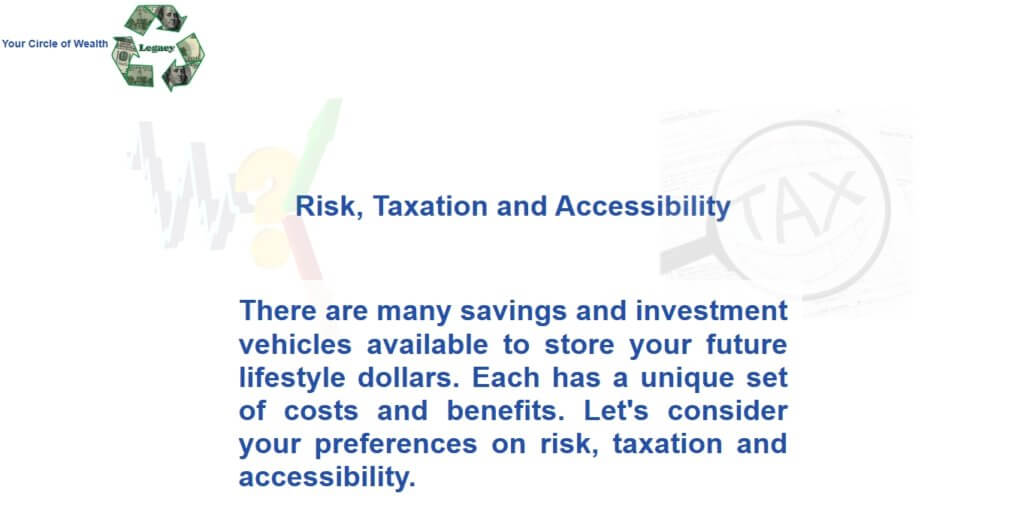Asset Allocation Mix
Risk – Taxation – Accessibility
Establishing an appropriate asset allocation mix might sound confusing, but it doesn’t have to be.

If you live in or have visited a big city, you’ve probably run into street vendors—people who sell everything from hot dogs to umbrellas in carts—on the streets and sidewalks. Many of these entrepreneurs sell completely unrelated products, such as coffee and ice cream.
At first glance, this approach seems a bit odd, but it turns out to be quite clever. When the weather is cold, it’s easier to sell hot cups of coffee. When the weather is hot, it’s easier to sell ice cream. By selling both, vendors reduce the risk of losing money on any given day.
What’s Your Desired Asset Allocation Mix?
Asset allocation applies this same concept to managing investment risk. Under this approach, investors divide their money among different asset classes, such as stocks, bonds, and cash alternatives, like money market accounts. These asset classes have different risk profiles and potential returns; therefore, offsetting any losses in one class with gains in another, and thus reduce the overall risk of the portfolio.
When considering asset allocation, It is also important to consider taxation on your investment accounts and whether or not you have access to your capital.

Asset allocation is a critical building block when creating a portfolio. Having a strong knowledge of the concept may help as you consider which investments may be appropriate for your long-term strategy.
If you currently have assets positioned quite differently than what you really want concerning risk, taxation and access to money, when would you want to know?
Contact us to view the the Circle of Wealth®’s Allocation Mix presentation.
This concept will help you make sure you have your investments allocated appropriately.
First published by Don Blanton, creator of the Circle of Wealth® system.
